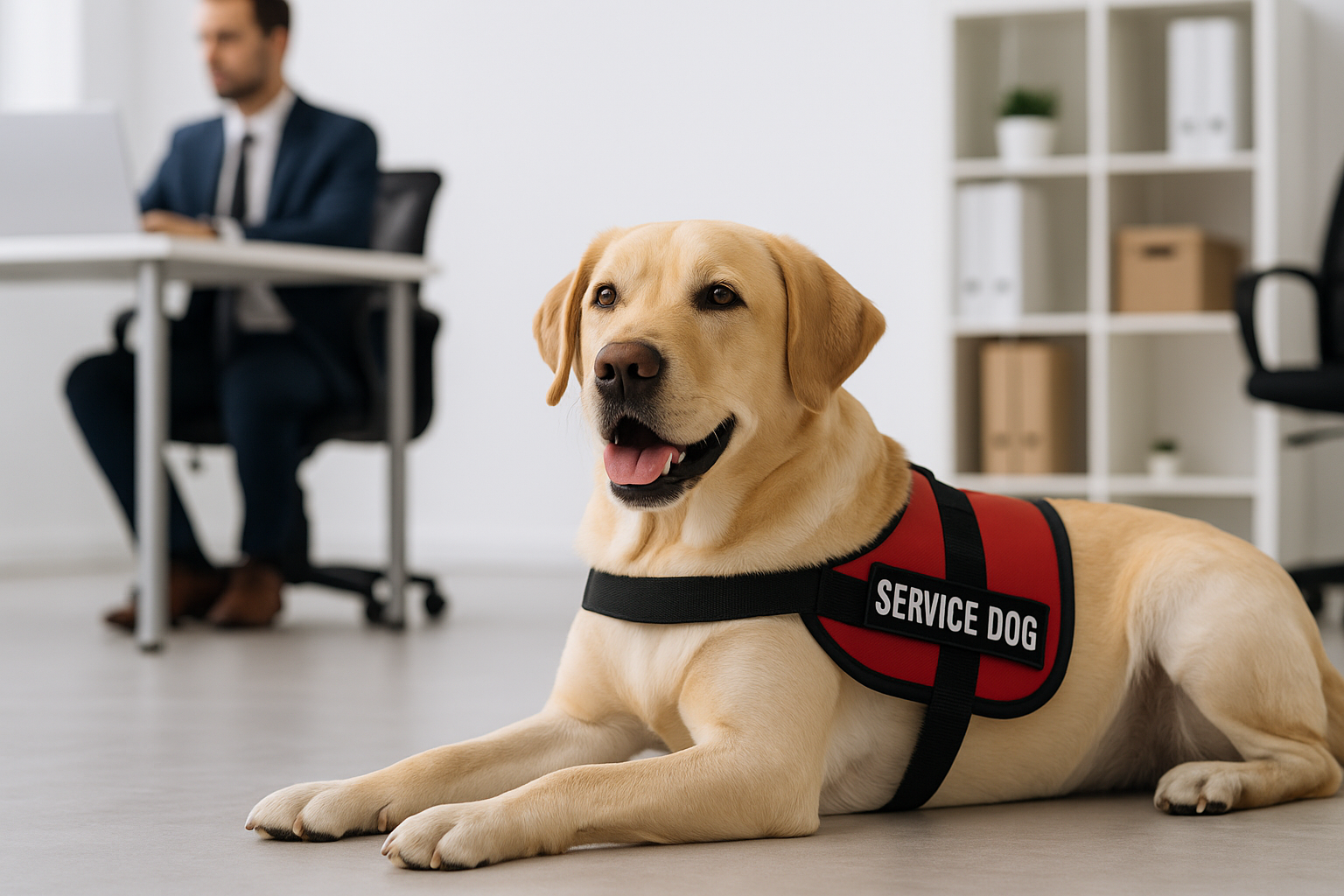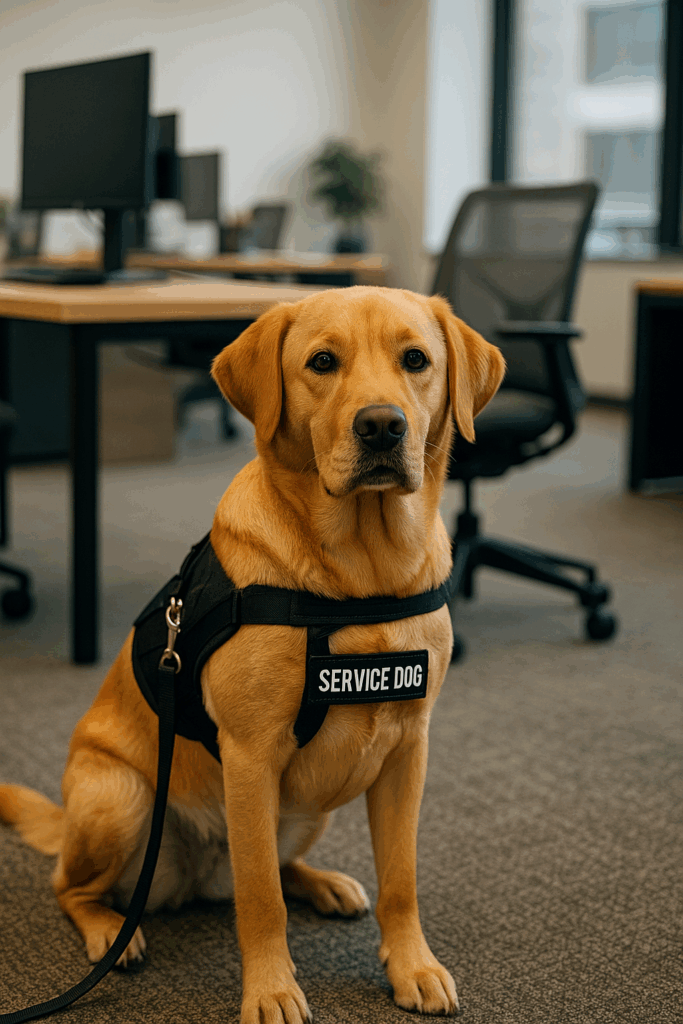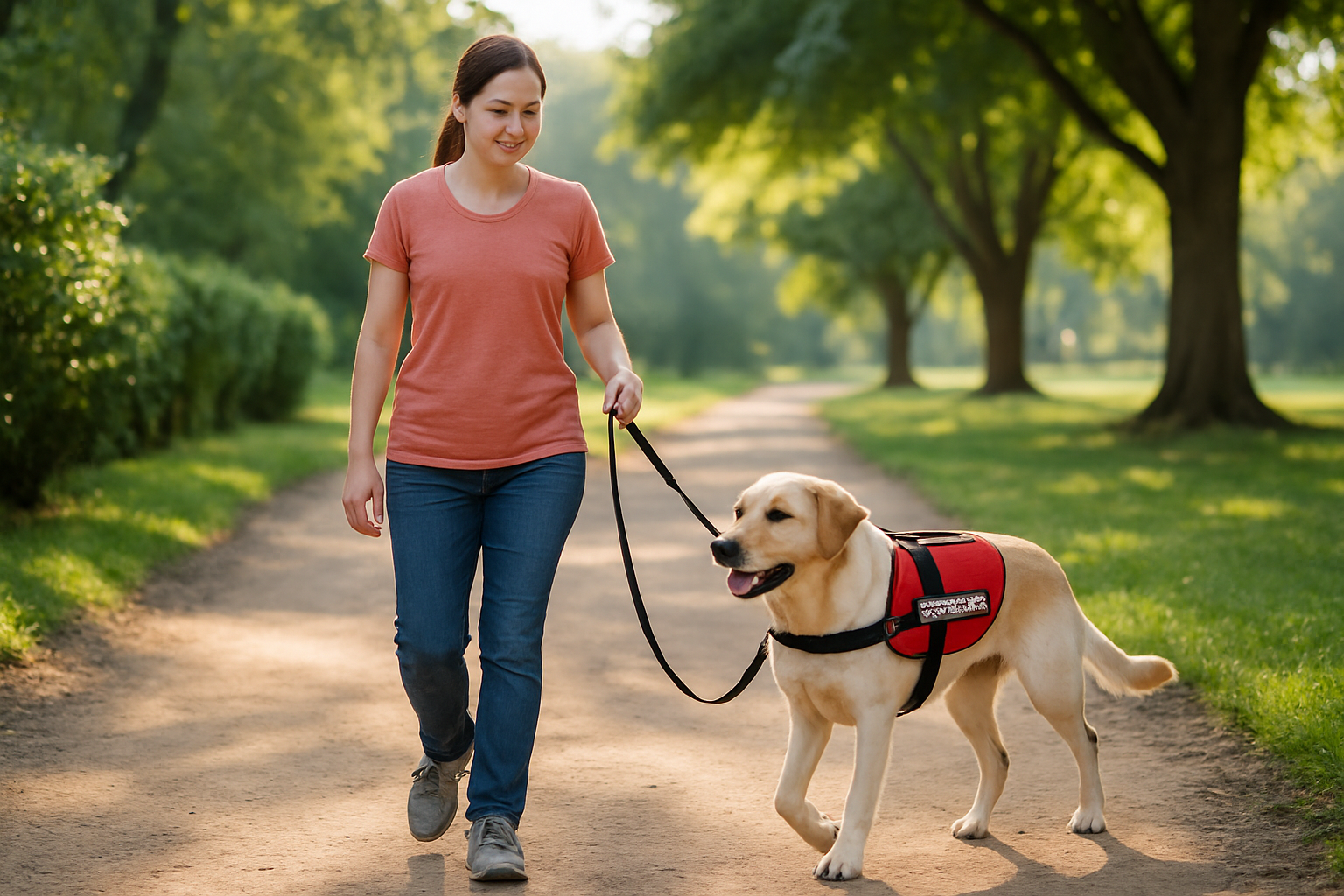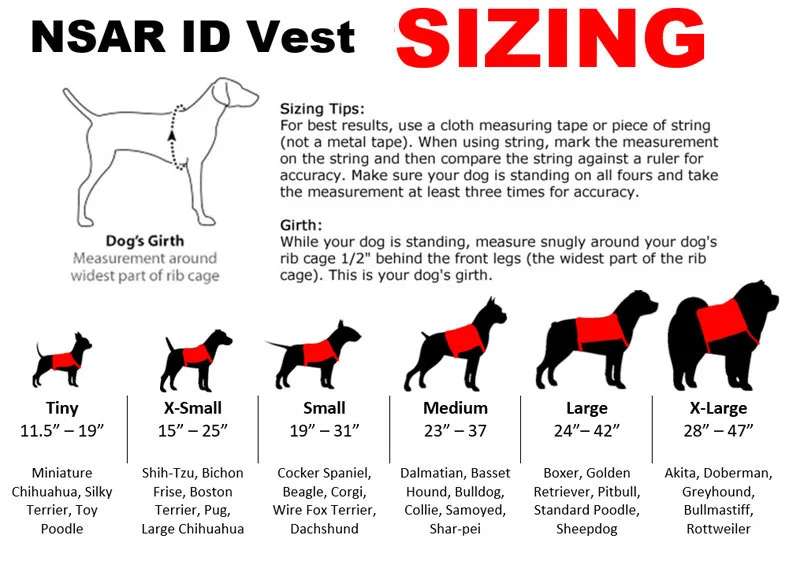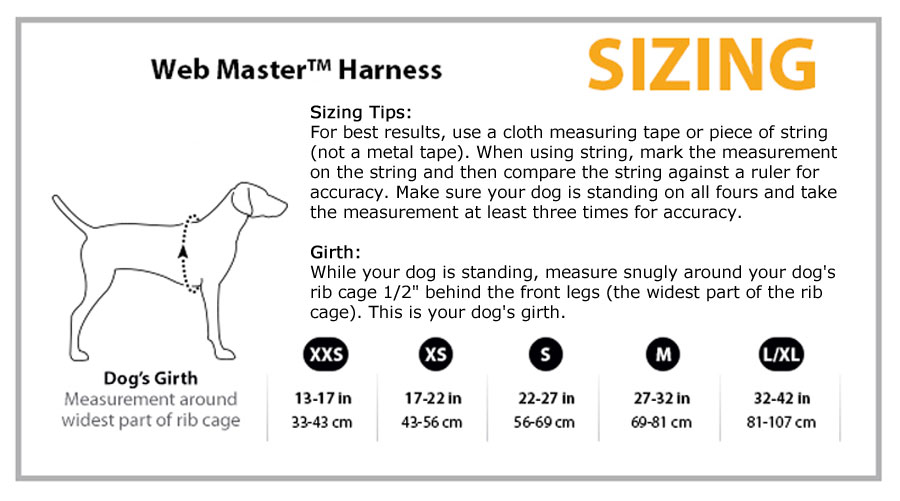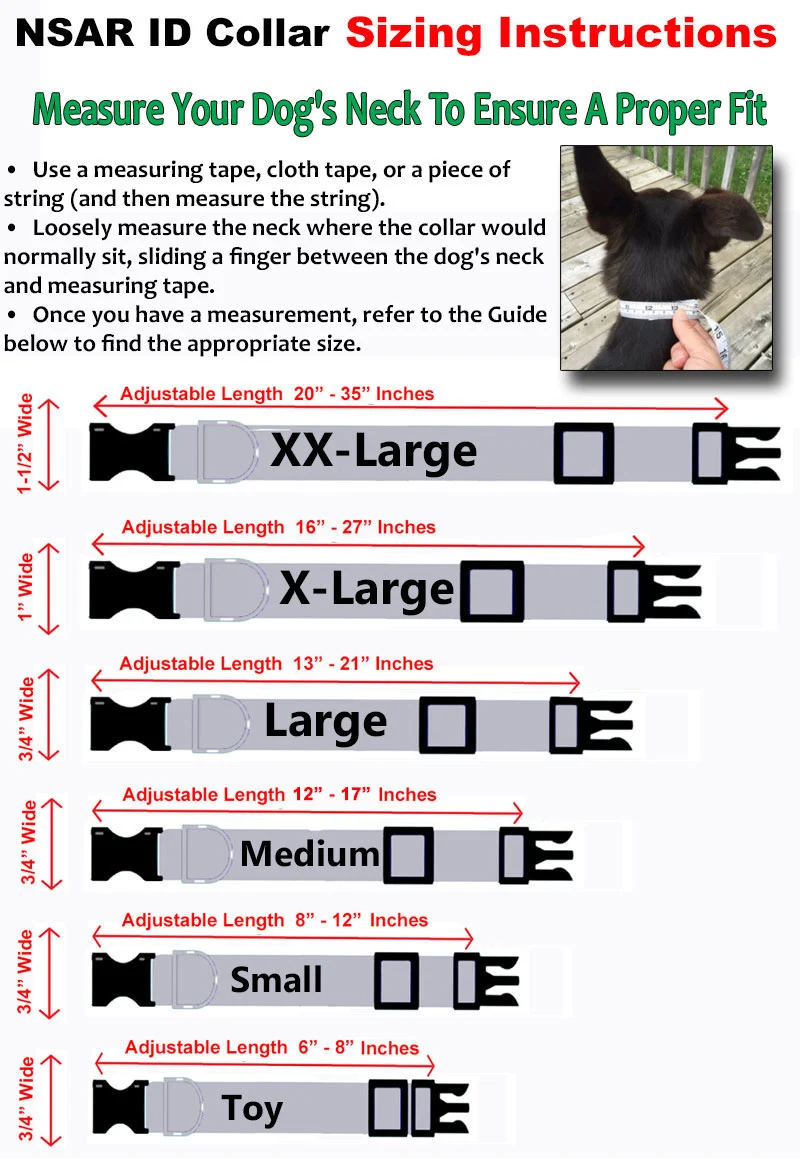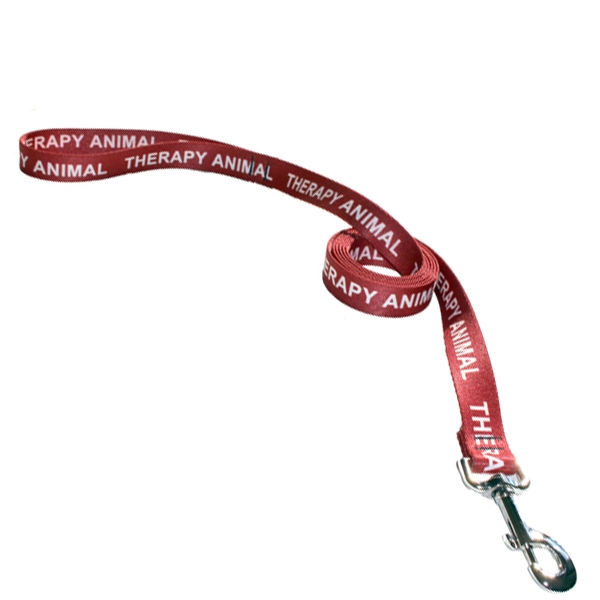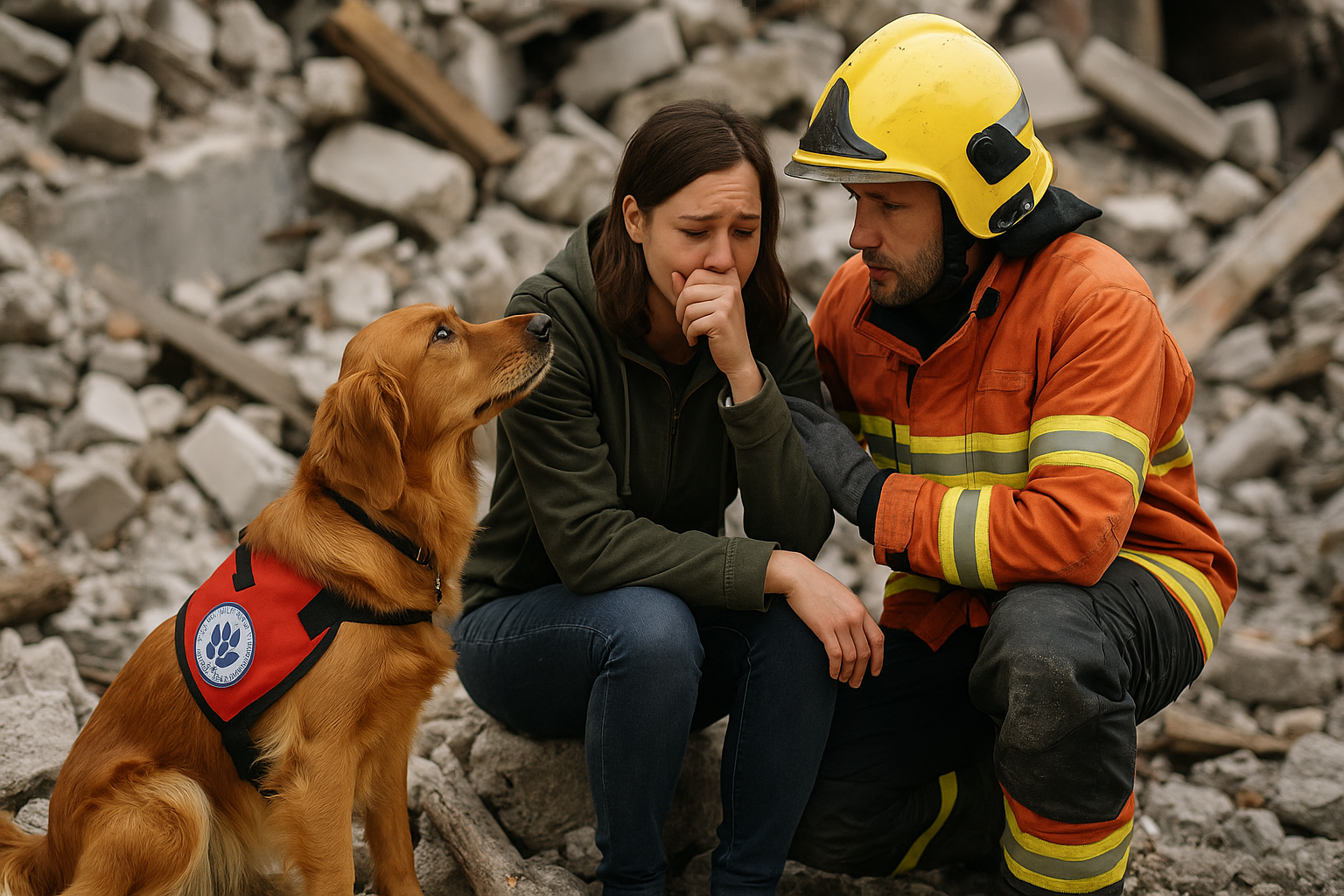
When natural disasters strike—leaving behind a trail of trauma, grief, and uncertainty—therapy animals offer something uniquely powerful: unconditional support, emotional connection, and a sense of calm amidst the chaos.
In this article, we’ll explore the critical role therapy animals play in disaster relief efforts. Whether it’s comforting survivors in shelters or supporting first responders under immense stress, these animals become four-legged heroes of healing. You’ll learn how they’re deployed, the science behind their effectiveness, and how they’re making a lasting difference in communities recovering from crises.
What Are Therapy Animals?
Therapy animals are trained to provide comfort, affection, and emotional support to people in hospitals, nursing homes, schools, disaster zones, and more. Unlike service dogs or emotional support animals (ESAs), therapy animals are not granted the same legal public access rights, but they are often invited into spaces where healing and connection are needed most.
They are most commonly dogs, though cats, horses, rabbits, and even birds can be trained as therapy animals.
Key Traits of Therapy Animals:
- Calm and gentle temperament
- Non-aggressive, even under stress
- Able to remain composed in chaotic or crowded environments
- Enjoy human interaction and physical touch
Understanding the Impact of Disasters on Mental Health
Disasters—whether hurricanes, wildfires, floods, or mass shootings—can cause deep emotional scars. Survivors may experience:
- Post-Traumatic Stress Disorder (PTSD)
- Anxiety and Depression
- Grief and Survivor’s Guilt
- Panic Attacks or Sleep Disorders
Children and older adults are particularly vulnerable to psychological trauma, and access to mental health services is often limited in the immediate aftermath.
This is where therapy animals step in—not as replacements for clinical care, but as powerful adjuncts in emotional recovery.
How Therapy Animals Are Used in Disaster Relief
1. Comforting Survivors in Shelters
Therapy animals are deployed to evacuation centers and temporary shelters, offering survivors:
- A moment of peace and distraction
- A source of emotional regulation
- A sense of normalcy amid upheaval
Example: After Hurricane Harvey in 2017, therapy dogs were present in numerous Houston-area shelters, bringing smiles and emotional comfort to displaced families.
2. Supporting First Responders
Firefighters, EMTs, police officers, and search-and-rescue workers are under immense emotional pressure. Therapy animals help alleviate the effects of secondary trauma and burnout.
Example: Therapy animals have been introduced into crisis response units for police and EMS personnel, such as during the Camp Fire in California.
3. Visiting Hospitals and Recovery Centers
For survivors receiving medical care, the presence of a calm animal can:
- Lower blood pressure and heart rate
- Increase oxytocin levels
- Encourage positive emotional expression
4. Assisting in Grief and Trauma Counseling
During one-on-one or group therapy sessions, therapy animals act as emotional bridges—especially for children—making it easier to open up and process complex emotions.
The Science Behind Animal-Assisted Interventions
Numerous studies support the psychological and physiological benefits of human-animal interactions, especially during and after crises.
Key Findings:
- Reduced cortisol levels (stress hormone) after interacting with therapy animals.
- Lower anxiety and depression scores in trauma-affected individuals.
- Increased emotional resilience and improved social behavior in children exposed to disaster scenarios.
Source:
Beetz, A., Uvnäs-Moberg, K., Julius, H., & Kotrschal, K. (2012). Psychosocial and psychophysiological effects of human-animal interactions: The possible role of oxytocin. Frontiers in Psychology.
How Therapy Animals Are Trained for Disaster Relief
Basic Requirements:
- Certification through reputable organizations (e.g., National Service Animal Registry)
- Up-to-date vaccinations and clean bill of health
- Socialization in high-stimulation environments
Disaster-Specific Preparation:
- Exposure to sirens, crowds, and medical environments
- Desensitization to unpredictable behavior or loud noises
- Handler training in disaster protocols and psychological first aid
Important Note: Therapy animals must work in tandem with trained handlers who understand both animal behavior and human trauma.
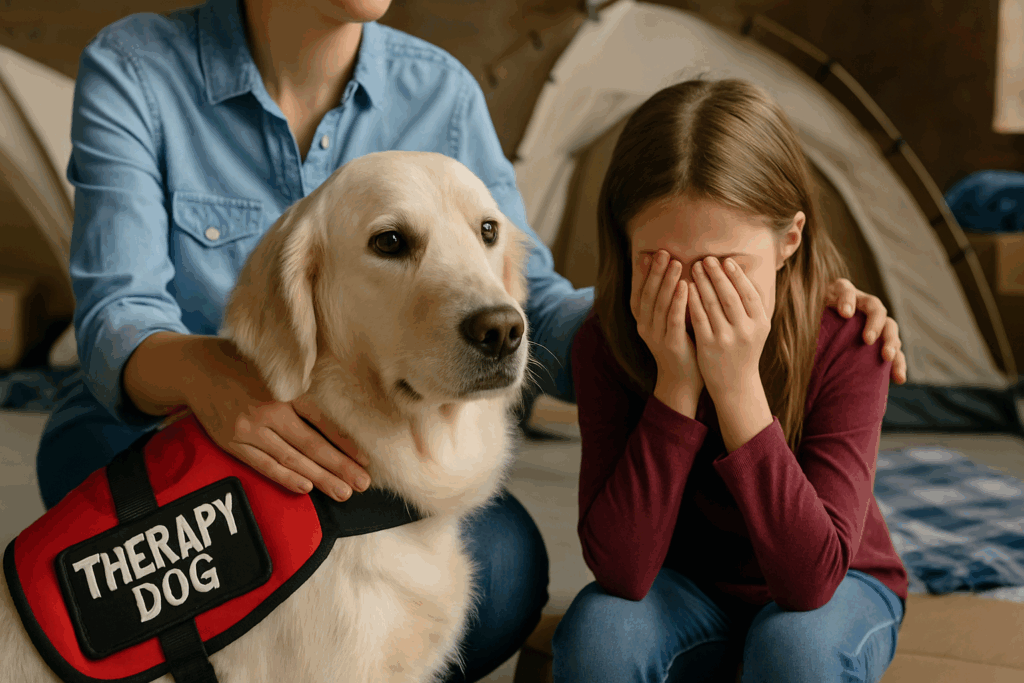
Real-Life Case Studies
Case Study 1: 9/11 Response
After the attacks on the World Trade Center, therapy dogs like Nikie were brought to Ground Zero to comfort rescuers working in grueling conditions. Their impact was profound—helping responders decompress, cry, and reconnect with emotions they had been suppressing.
Case Study 2: Sandy Hook Elementary
In the aftermath of the Sandy Hook shooting, therapy dogs were brought in to provide emotional comfort to students, parents, and educators. Many children found it easier to talk about their feelings while petting or sitting beside a dog.
Practical Tips: How to Get Involved with Disaster Relief Therapy
If you’re inspired by the impact of therapy animals in disaster response, here’s how to take part:
For Pet Owners:
- Evaluate Your Pet’s Temperament: Calm, social, and emotionally attuned animals make great candidates.
- Seek Certification: Work with recognized therapy animal organizations to ensure proper training and vetting.
- Stay Ready for Deployment: Register with volunteer networks like HOPE Animal-Assisted Crisis Response or Therapy Animals Supporting Kids (TASK).
For Mental Health Professionals:
- Consider integrating therapy animal teams into your post-disaster outreach programs.
- Partner with local animal therapy organizations for community events and trauma-informed support.
Frequently Asked Questions (FAQs)
Q: Are therapy animals the same as service dogs?
A: No. Therapy animals are trained to comfort others and do not have the same legal protections as service dogs under the ADA.
Q: Do therapy animals have access to emergency shelters?
A: Access depends on the shelter’s policy. While many allow certified therapy animals when part of a registered relief effort, private pets may not be allowed.
Q: Can any animal become a therapy animal?
A: While dogs are most common, other animals like cats, rabbits, and horses can be therapy animals. The key is temperament and proper training.
Q: Who pays for therapy animal teams in disaster zones?
A: Most are volunteers, though some organizations are funded through donations, grants, or partnerships with emergency response agencies.
A Silent Force for Healing
In the face of destruction and despair, therapy animals remind us of something vital—hope still exists. Their presence doesn’t rebuild homes or erase loss, but it offers survivors and responders the strength to keep going, one paw at a time.
Conclusion
Interested in registering or training a therapy animal?
Visit NSARCO.com to explore resources, learn how to get certified, or support therapy teams aiding in disaster relief.

